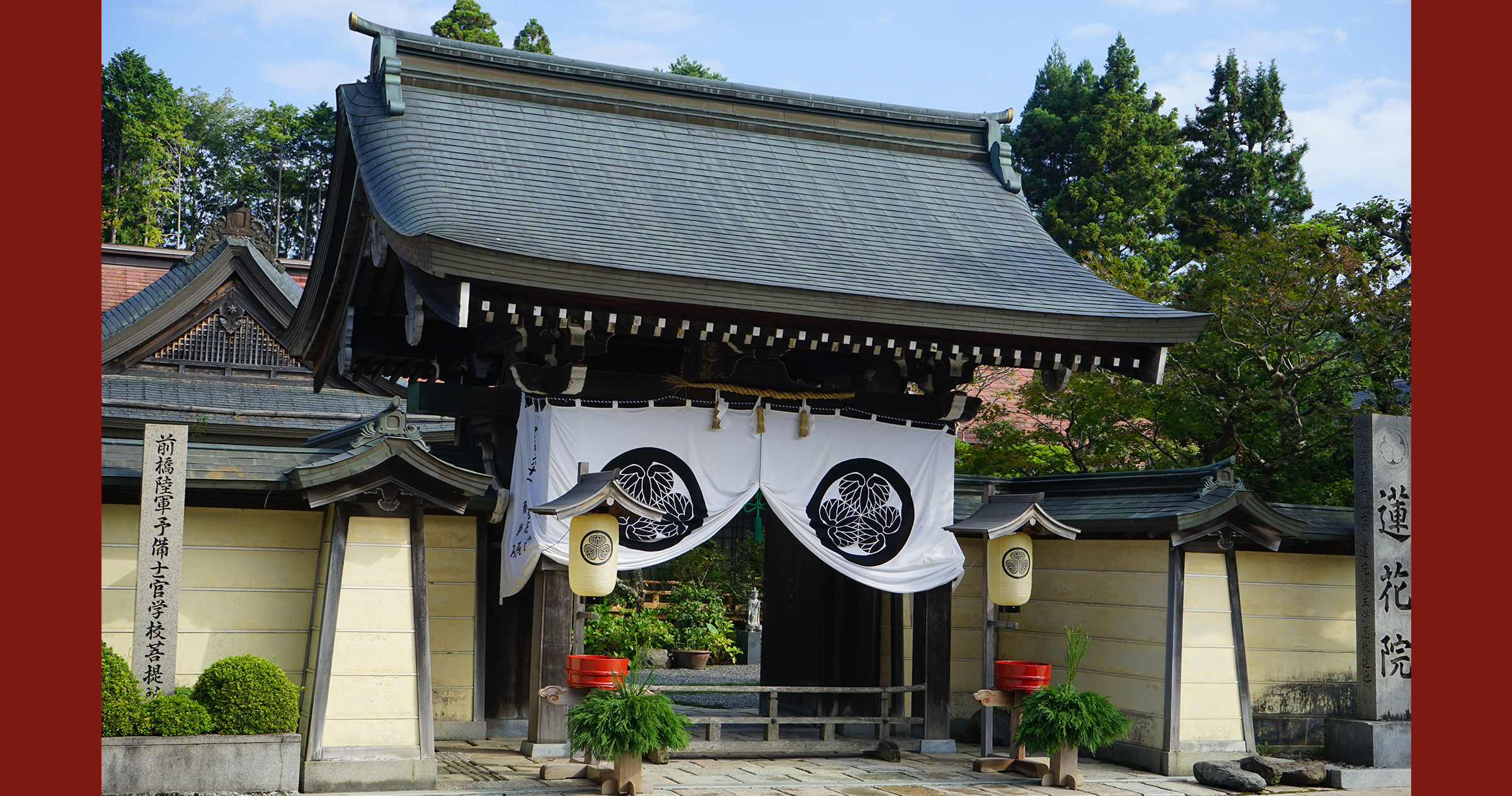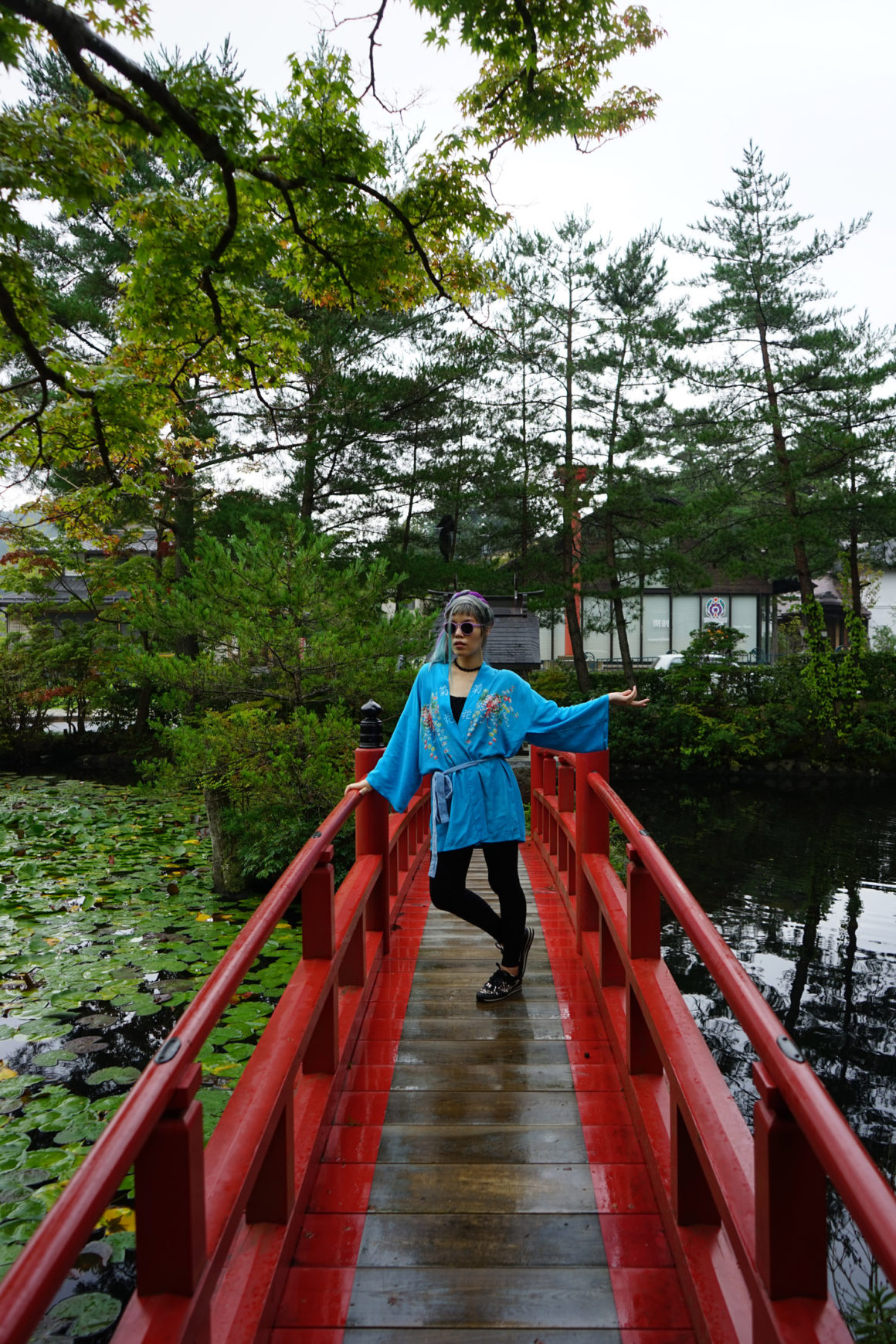
In 2017, I spent several nights living in a simple Buddhist temple surrounded by trees, high up on Japan’s Mount Kōya. I booked this retreat because several friends had recommended it to me as an intriguing cultural immersion. At the time, I thought of the trip as nothing more than an enjoyable break from city life.
I didn’t realize how meaningful my temple stay would be until 2020, when my life was shaken up by COVID-19 and seemingly endless months of lockdown. Now that I’m holed up in Vancouver, I often find myself thinking back to the nature walks and seasonal meals I shared with the Buddhist monks. By adapting their gentle practices to life in a pandemic, I have found a surprising source of resilience in these difficult times.
A mystical mountain
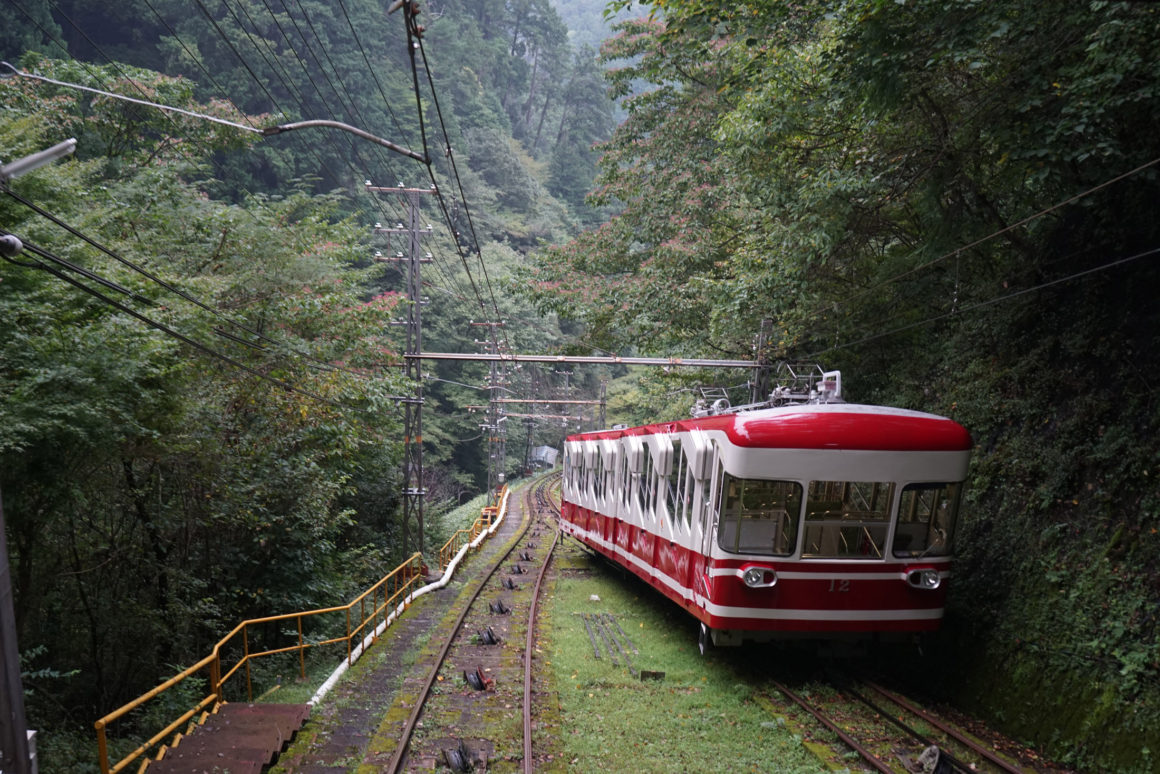
I encourage a visit to Mount Kōya once the world has reopened for international travel.
Kūkai, creator of the Shingon sect of Japanese Buddhism, founded this otherworldly temple complex in the year 819. Since then, both monks and laypeople have come to “Kōyasan” to learn about Esoteric Buddhism.
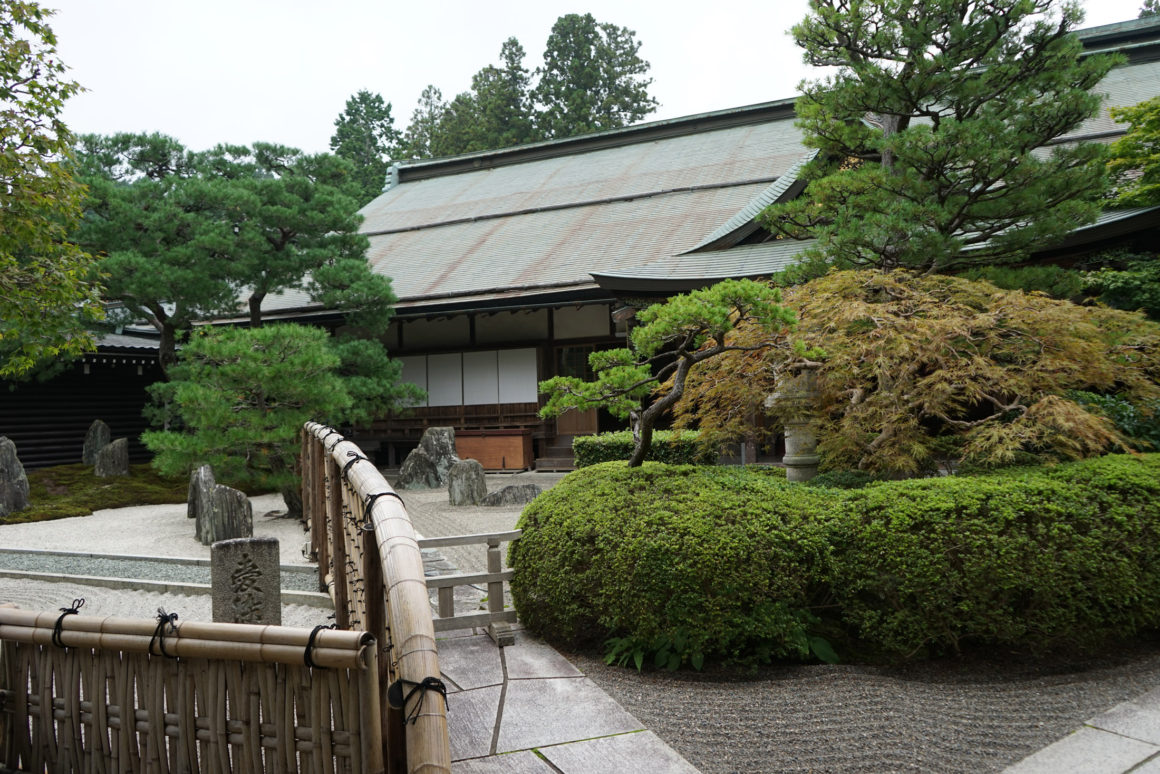
From Osaka, visitors can take an approximately two-hour train journey north to Gokurakubashi Station, followed by a five-minute cable car up the mountain. Most visitors stay for one to three nights in a shukubo, a Buddhist temple guesthouse. To make a booking, foreigners may visit the Kōyasan Shukubo Association website, and fill out a request form.
The joys of walking outdoors
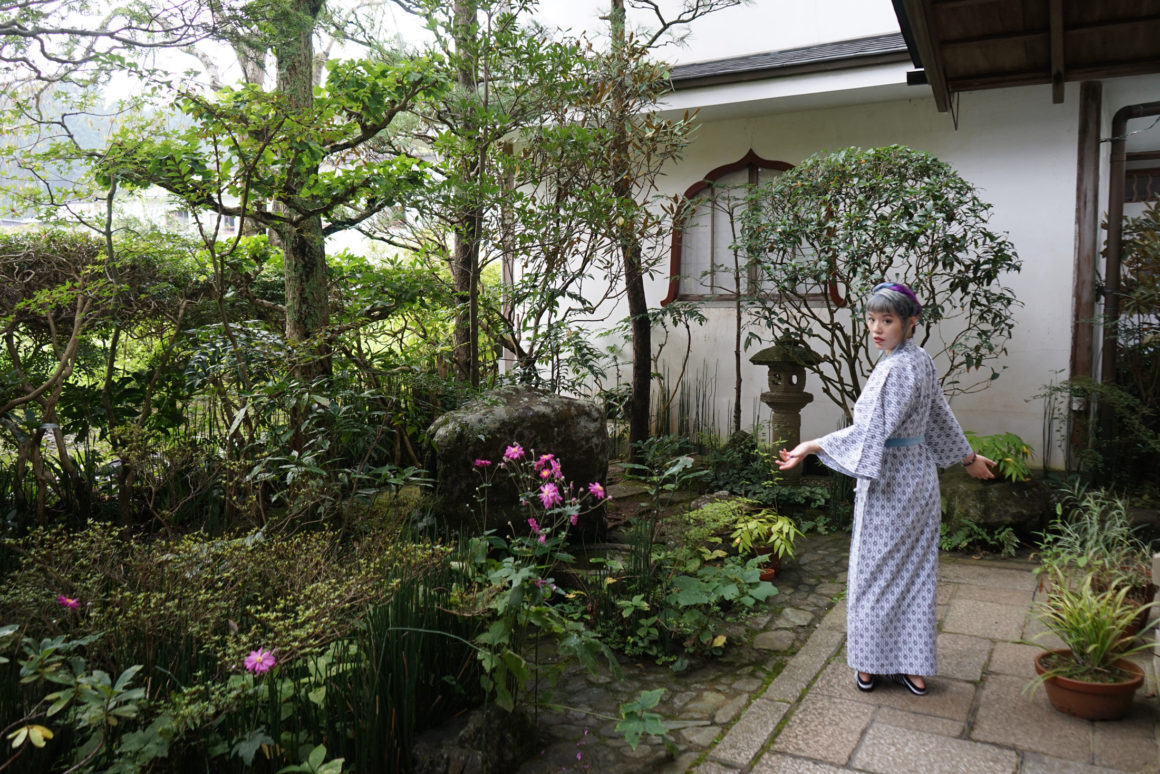
At Kōyasan, there’s nothing much “to do” other than taking forest walks, which is the point of the journey. Without an itinerary or distractions, I could stroll aimlessly, and simply be present with the wild, natural surroundings. I vividly recall the gentle thrill of coming across Japanese rock gardens, koi ponds, and ancient red gates.
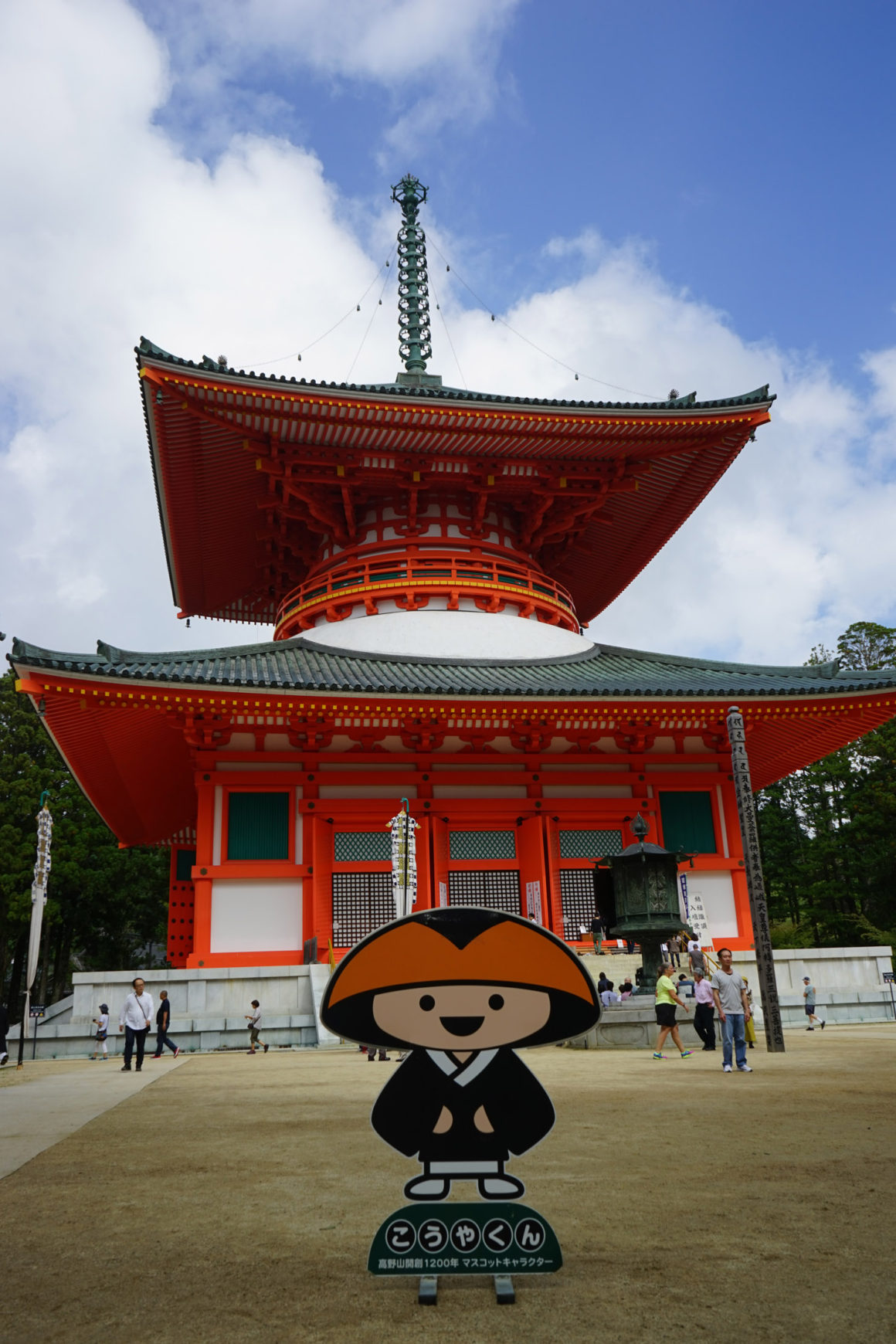
Nowadays, I rarely leave my apartment because of the pandemic. It’s no longer possible to go to a concert or house party to be entertained. However, I’ve rediscovered the meditative pleasures of walking outdoors in uncrowded areas. I’ve grown to appreciate the tiniest seasonal changes in my neighbourhood, such as the bud of flowers and scent of falling leaves.
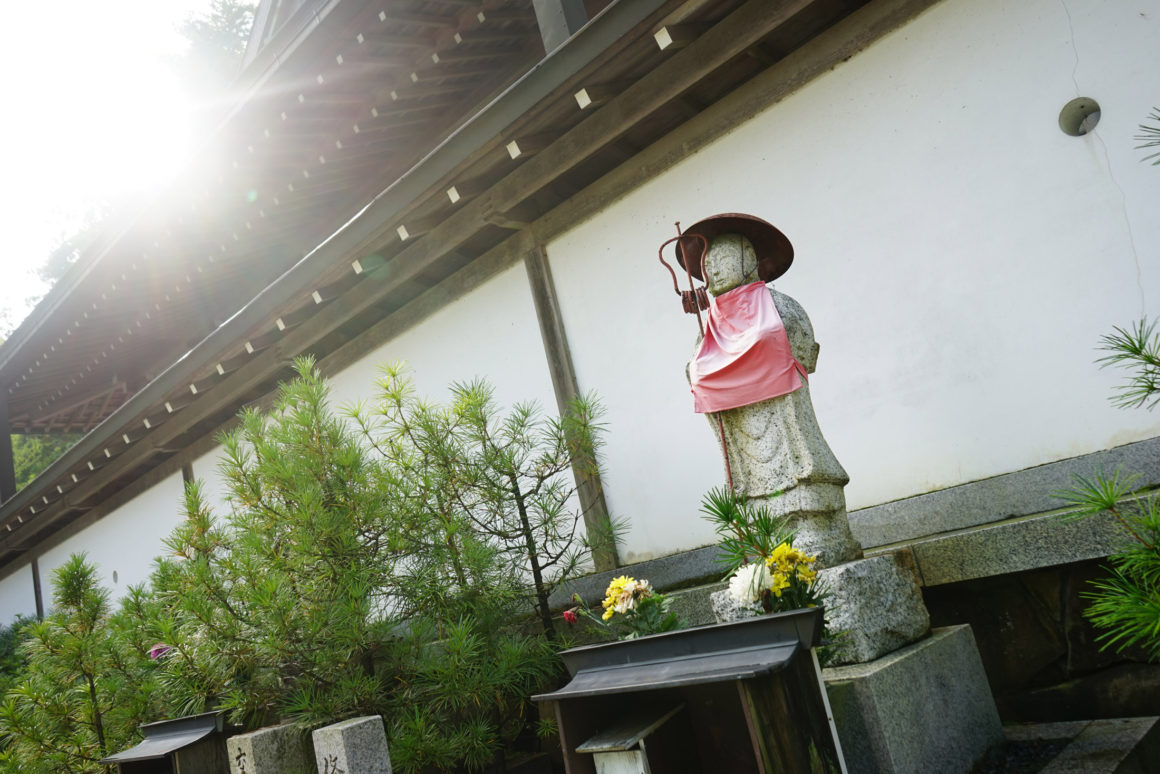
Healthful home-cooked meals
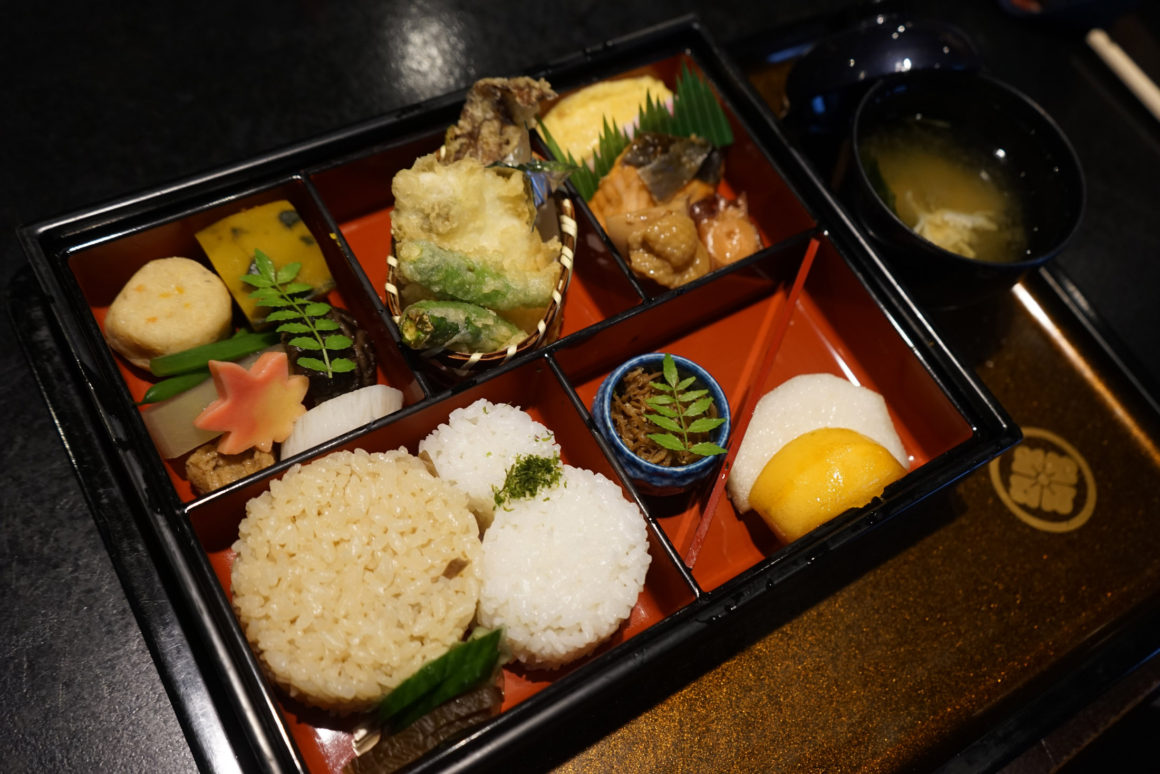
Perhaps the most memorable aspect of my temple stay was the meals. Every morning and evening, I sat down to a tray of healthful food prepared by the resident monks. Little compartments were filled with such colourful dishes as miso eggplant, pickled vegetables, steamed tofu, and rice. Everything was vegetarian, local, seasonal and delicious.
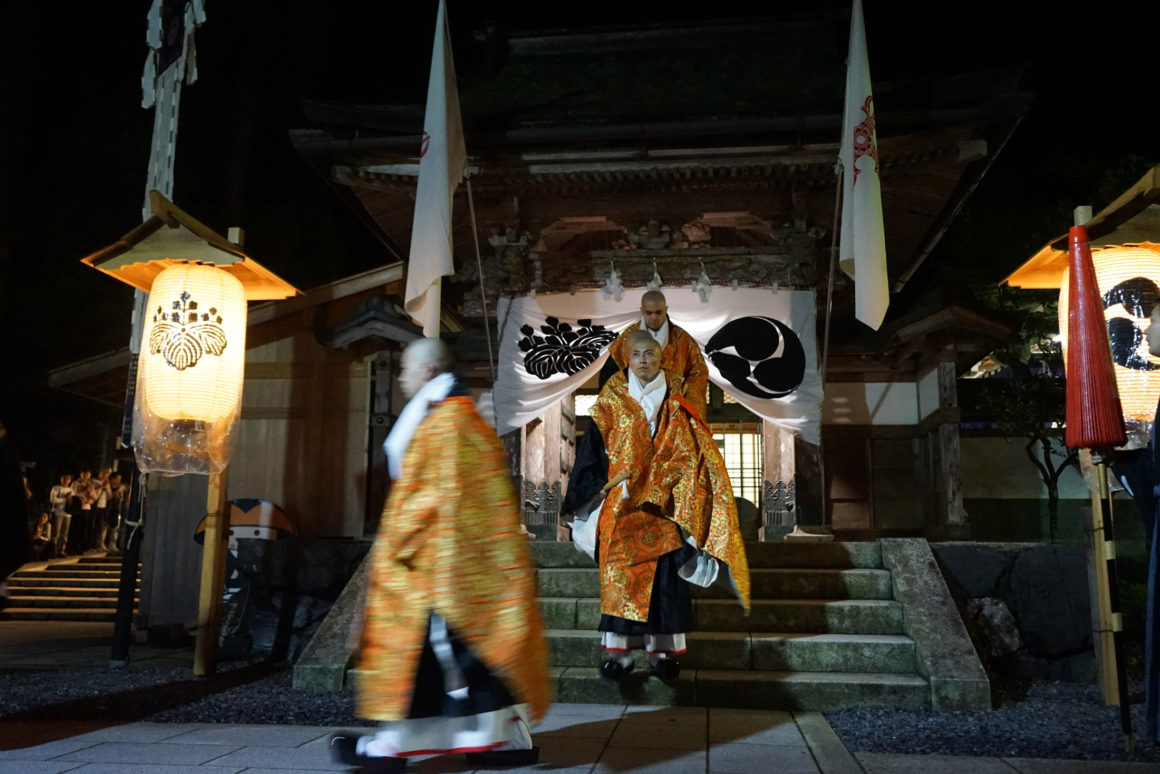
Dining out is limited in 2020, but I’ve learned that I feel my best when I eat balanced, home-cooked meals like these. Inspired by the Shingon Buddhists, I’ve enjoyed making easy dishes such as soba with tofu and vegetables, and miso fish with a side of seaweed.
Connecting with my community
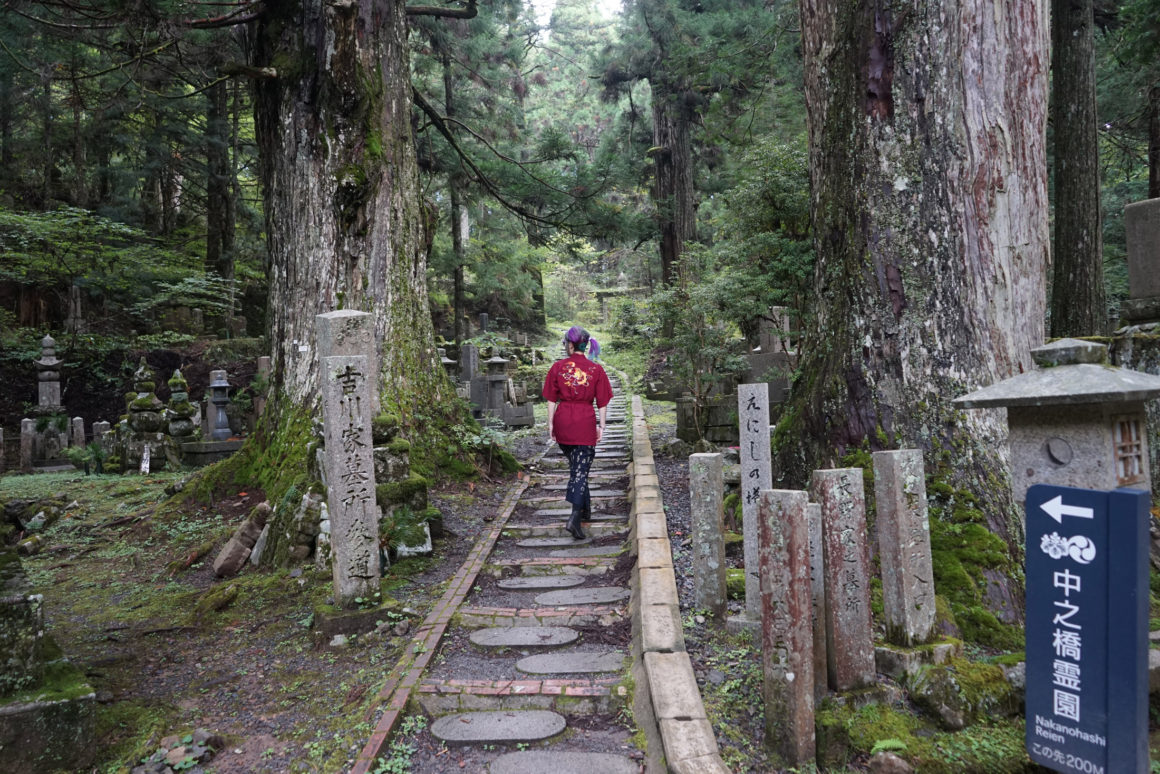
While staying at the temple, I felt as if I were part of the “sangha” or community. At 6 a.m., I watched the monks chant sutras in front of glowing candles and gold relics. Then, I shared meals and went on walks with friendly guests from around the world.
COVID-19 has removed our ability to socialize in person. Remembering the lessons of Kōyasan, I’ve sent messages to friends and family members, and organized regular video calls. These small efforts have had an enormous effect: I’ve rekindled friendships and felt supported by many while remaining in isolation.
The peaceful pleasures of staying at home
When night fell over Mount Kōya, I retreated to a room that contained nothing more than a futon mat on a tatami floor, and sliding doors. I climbed into the enormous bathtub for a long, hot soak. Then, I wrapped myself in a robe to read or look at the stars, before turning in.
I admit that during these long months at home I’ve had periods of ennui. To break the spell, I pretend I’m on a mini retreat like the one I did in Japan. This reconnects me to the pleasures of doing yoga or getting lost in a good book. And it helps me to appreciate what I have right here, rather than lamenting the things that have been taken away.
Lessons of impermanence and loss
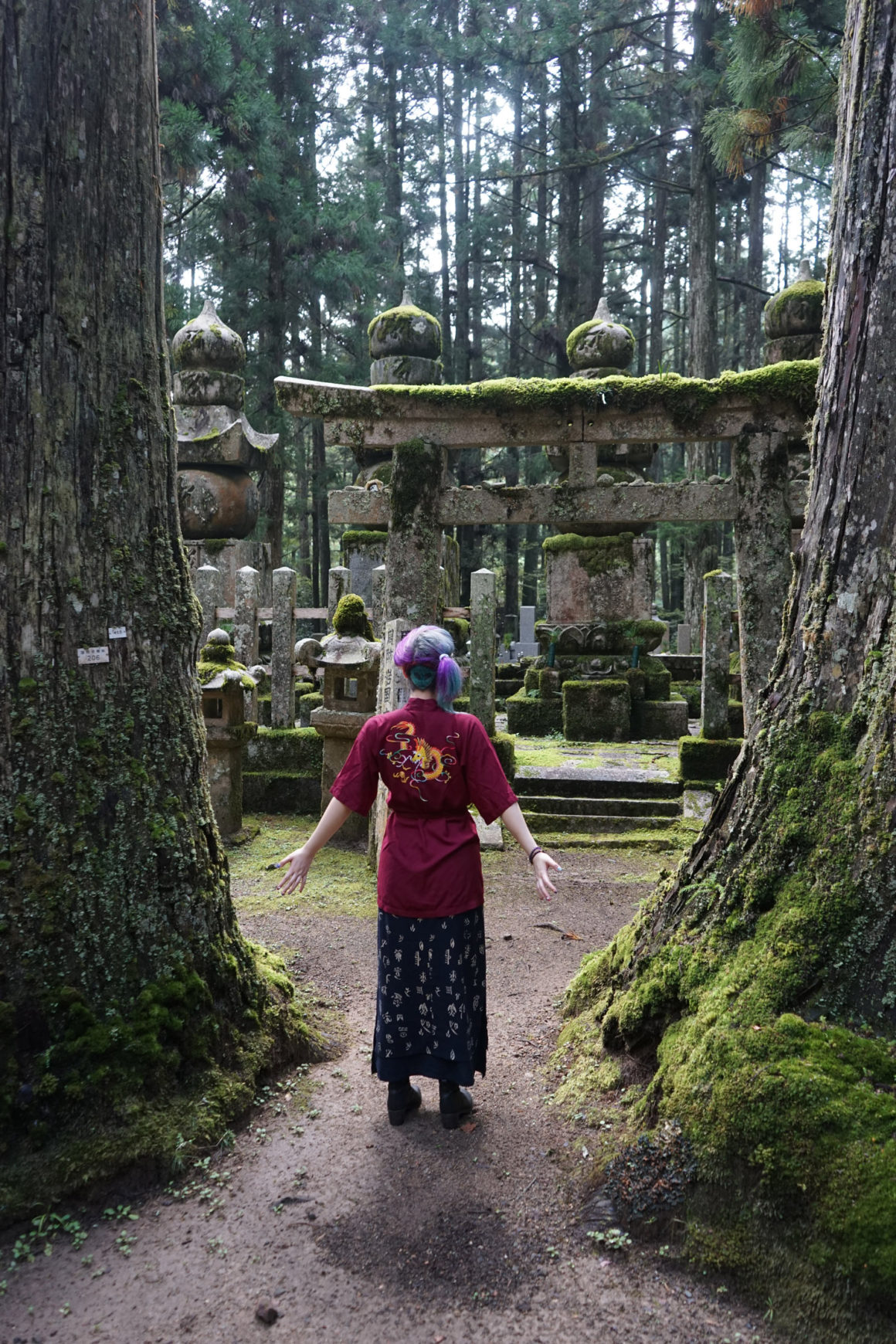
Anyone who visits Kōyasan should spend time in the Buddhist graveyard, Okunoin. Located deep in the forest, this is Japan’s largest cemetery and a site for spiritual rituals. I saw how locals honoured their loved ones with bodhisattva statues, which they dressed in hand-knit hats and bibs. Many graves were over a century old, including Kūkai’s mausoleum. Covered with moss and illuminated by fingers of light, they seemed to have become one with their surroundings.
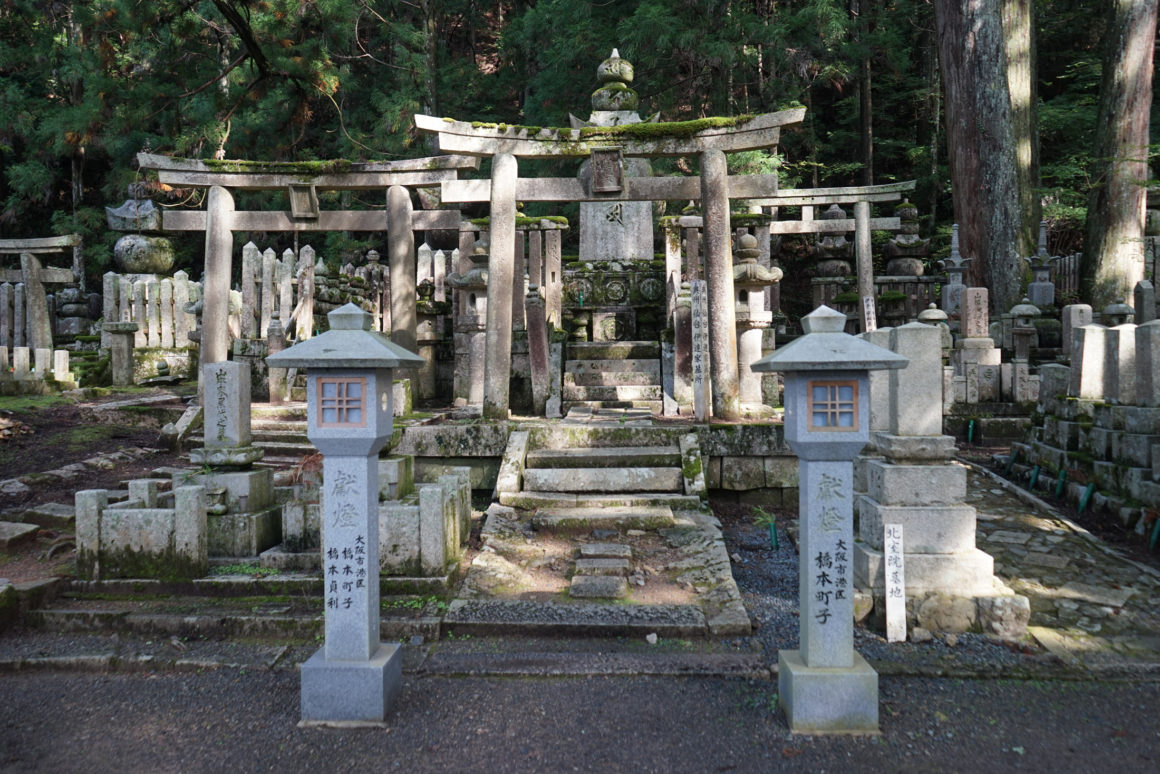
COVID-19 has forced us to come face-to-face with the hard truths of uncertainty and loss. The virus crumbled my plans for 2020, and it remains unclear when things we took for granted—flights or festivals—will rebound. I also know people who contracted the virus and continue to struggle with its effects.
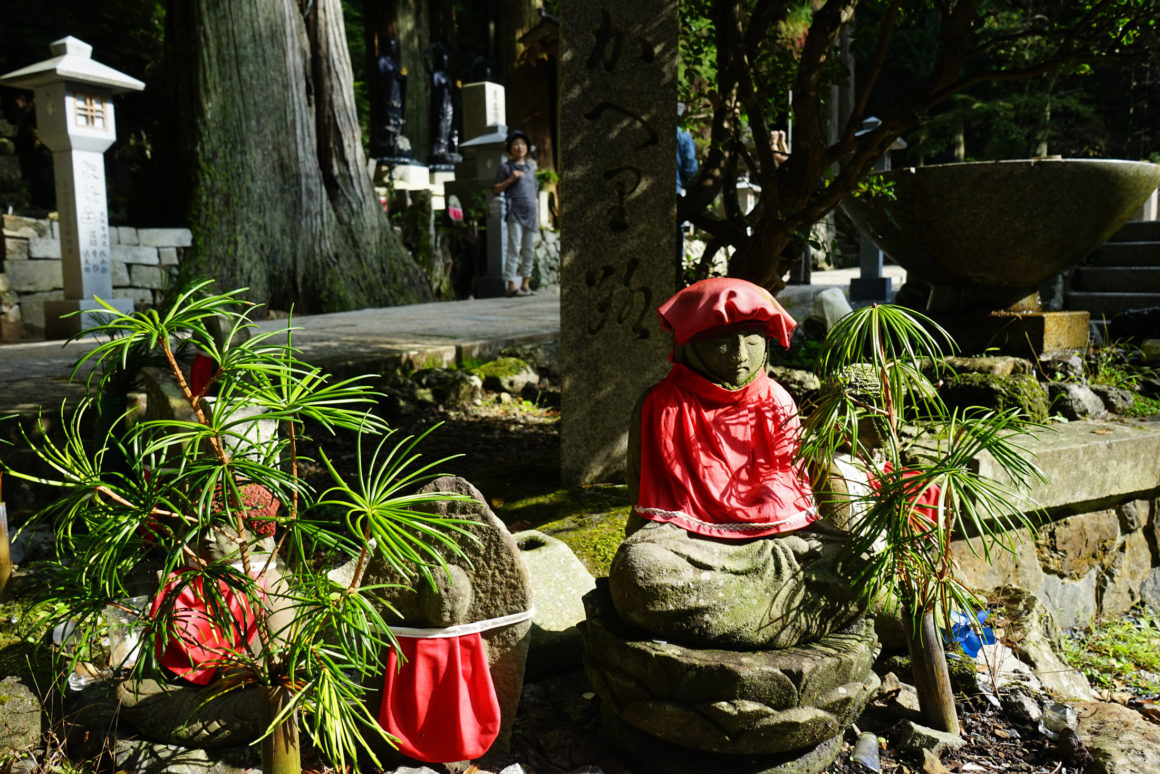
My Kōya experience has helped me to come to terms with the impermanence of all things. I’m learning to be gentle with myself and others, and to take things moment by moment, rather than getting caught up in dreams of the past and worries for the future. Inner peace may not come easily in these challenging times. But the lessons I learned from my Buddhist temple stay have helped me to get a little closer to acceptance. •
Originally published in the Winter 2020 Issue.
Text and photography by La Carmina

